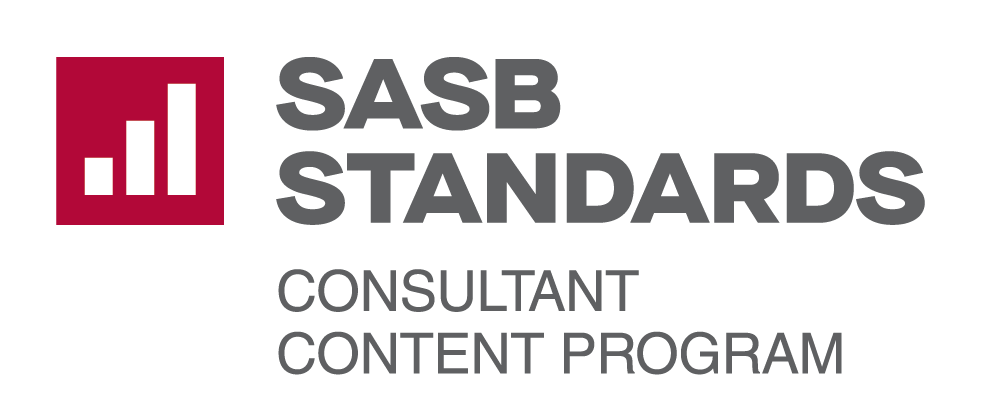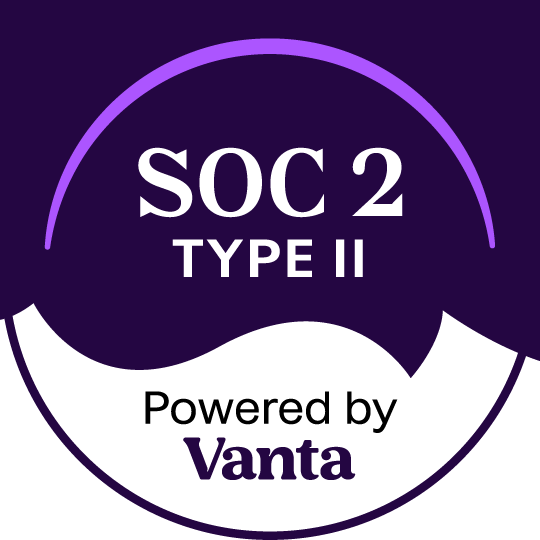Overview
Introduced: Proposed March 21, 2022; adopted March 6, 2024
Effective from: 60 days after publication in the Federal Register
Last modified: April 4, 2024 (pending legal review)
Region(s): United States
About
The newly adopted Climate Disclosure Rules by the U.S. Securities and Exchange Commission (SEC) represent the U.S.’s most significant move to date toward integrating climate risk into corporate financial transparency. These rules require publicly listed companies to disclose climate-related risks, governance practices, and, for certain registrants, GHG emissions—aligning with the Task Force on Climate-related Financial Disclosures (TCFD) while maintaining key differences from the EU’s Corporate Sustainability Reporting Directive (CSRD) or ISSB standards.
By increasing comparability and reliability of sustainability data, the SEC aims to equip investors with the information needed to assess climate-related financial risks and opportunities across markets.
Criteria for compliance
The rules apply to all public companies that file reports under the Securities Exchange Act of 1934, with varying requirements depending on registrant size:
-
Large Accelerated Filers (LAFs): Full disclosure requirements, including Scope 1 and 2 GHG emissions and attestation.
-
Accelerated Filers (AFs): Required to disclose GHG emissions with phased-in assurance.
-
Non-Accelerated Filers (NAFs), Smaller Reporting Companies (SRCs), Emerging Growth Companies (EGCs): Exempt from GHG emissions disclosures and assurance requirements.
Compliance timelines
| Registrant type | Disclosure requirements begin |
|---|---|
| LAFs |
|
| AFs (other than SRCs and EGCs) |
|
| SRCs, EGCs, NAFs |
|
Disclosure requirements
The rules require companies to disclose the following information in their registration statements and annual reports:
1. Climate-related risks
-
Strategy
-
Business model
-
Financial condition
-
Operations
*Describe risk management processes and the role of the board and management in overseeing climate risk.
2. Financial statement disclosures
-
Costs and losses from severe weather events or natural conditions
-
Expenditures related to climate transition plans
-
Material investments in carbon offsets or renewable energy credits
3. GHG emissions
-
Scope 1 and Scope 2 emissions reporting (only required for LAFs and AFs)
-
Disclosures must include:
-
Emissions calculation methodology
-
Operational boundaries
-
Use of estimations and third-party tools
-
4. Climate-related targets and goals
-
Time horizons
-
Interim milestones
-
Costs and progress toward those goals
Third-party auditing
Third-party assurance requirements under the SEC climate disclosure rules vary by registrant type. Large Accelerated Filers (LAFs) must obtain limited assurance on Scope 1 and Scope 2 greenhouse gas (GHG) emissions beginning in fiscal year beginning (FYB) 2029, transitioning to reasonable assurance by FYB 2033. Accelerated Filers (AFs), excluding smaller reporting companies (SRCs) and emerging growth companies (EGCs), are required to begin limited assurance in FYB 2031. Non-Accelerated Filers (NAFs), SRCs, and EGCs are exempt from assurance requirements altogether. All assurance must be conducted by an independent GHG emissions verifier in accordance with SEC-defined standards.
Penalties for non-compliance
While the SEC has included safe harbor provisions for forward-looking statements (e.g., transition plans, climate targets), registrants remain subject to enforcement action for:
-
Incomplete or misleading disclosures
-
Failure to disclose material climate risks
-
Inaccurate emissions reporting (if required)
Penalties may include formal investigations, fines, and legal proceedings.









